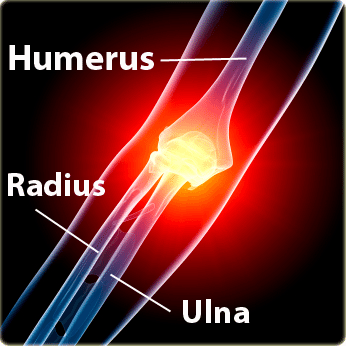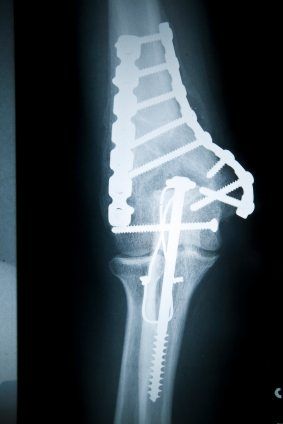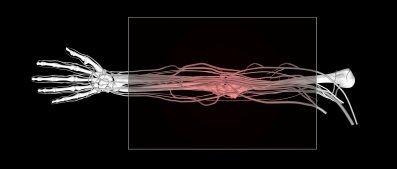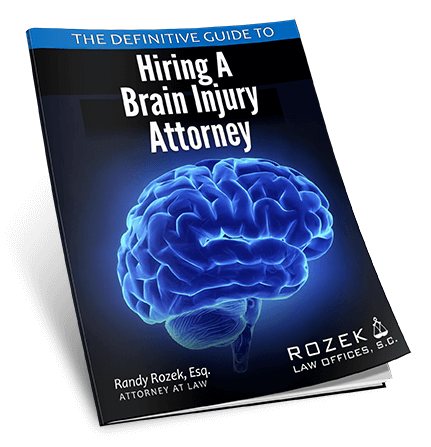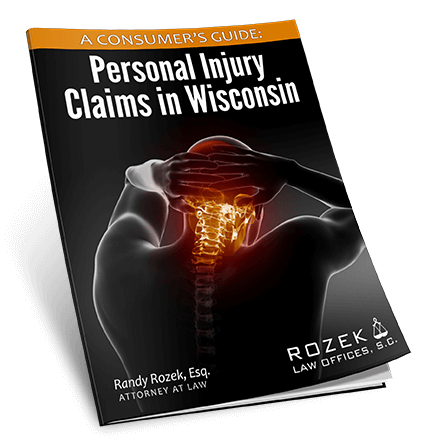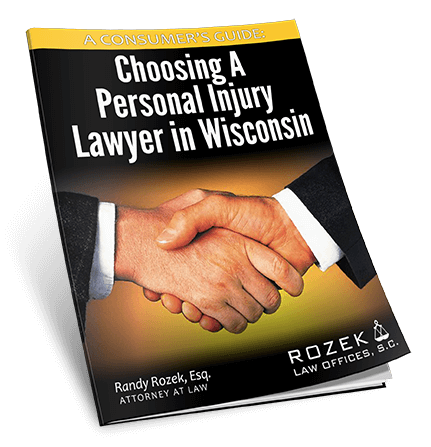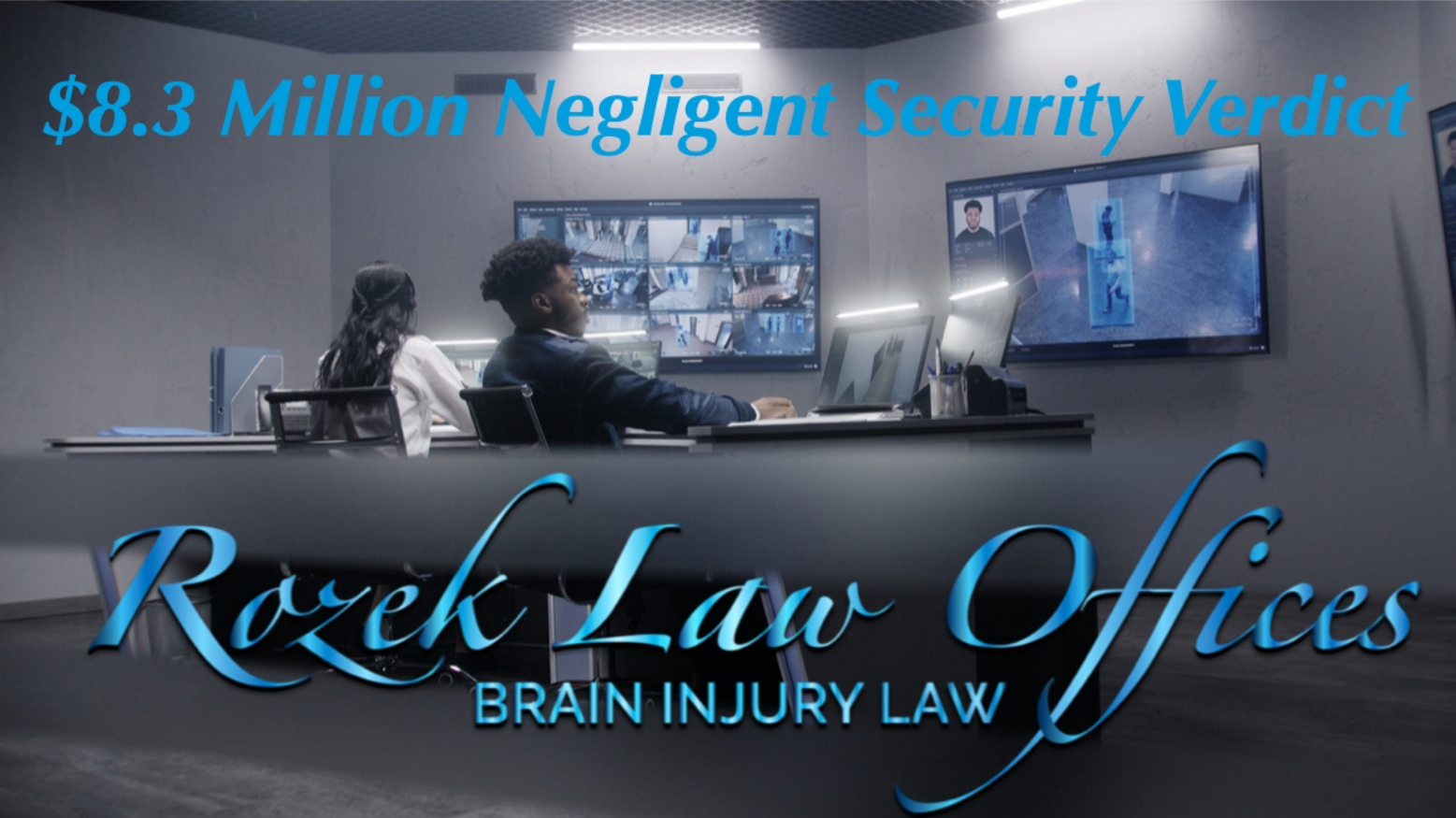Prognosis for a Broken Elbow
The severity and type of the Elbow Fracture
will determine the ultimate prognosis. Elbow Fractures
commonly result in some type of permanent impairment, oftentimes with accompanying pain, limitation in range of motion and functional loss.
Elbow Dislocation Injury
Elbow Dislocation Injuries
are the most common type of
Elbow Injury. The most common cause of elbow dislocations is falling onto an outstretched arm. Elbow dislocations are second only to shoulder dislocations as the most common injury to the upper extremity.
Types of Elbow Dislocations:
- Simple Elbow Dislocation
– displacement of the ulna in relation to the humerus (90 percent of Elbow Dislocations)
- Complex Elbow Dislocation
– displacement of the ulna or radius with fracture to one of the bones within the elbow joint
Treatment of Elbow Dislocations
Simple Elbow Dislocation
The proper course of treatment following Simple Elbow Dislocation
is typically Reduction, which is the process of forcing the bones into proper alignment. Reduction
can be extremely painful and requires a significant amount of force. Once the elbow is back in proper alignment, X-rays are taken to determine the extent of any associated Elbow Fractures. The Elbow
is then splinted at 90 degrees and the injury victim is required to return in a few days for follow-up X-rays. Simple Elbow Dislocations
may or may not result in permanent elbow joint instability, loss of range of motion, weakness and ongoing pain. Interestingly, while X-rays reveal fractures in 12% to 60% of Elbow Dislocations, surgical exploration osteochondral injuries in 100% of Elbow Dislocations.
Complex Elbow Dislocation
The proper course of treatment for
Complex Elbow Dislocation
is
Reduction, X-ray and Splinting. Patients are then referred to orthopedic surgeons, as most
Complex Elbow Dislocations
will require future surgery to repair tendon and ligament damage and remove any bone fragments.
The following are common injuries following Complex Elbow Dislocation:
- Medical Collateral Ligament Damage
- Lateral Condyle Ligament Damage
- Epicondyle Ligament Damage
- Transolecranon Fracture
- Posterior Monteggia Fracture
Complex Elbow Dislocation
The Terrible Triad
refers to the very painful Complex Elbow Dislocation
involving dislocation with Radial Head Fracture
and Coronoid Process Fracture.
Elbow Muscle, Elbow Tendon and Elbow Ligament Injuries
The
Elbow
contains a complex network of ligaments, tendons, joints, muscles, arteries, veins, nerves and blood vessels.
The main Elbow Ligaments are as follows:
- Annular Ligament
- Radial Collateral Ligament
- Ulnar Collateral Ligament
The following injuries are all common injuries to the Elbow:
- Sprain
– a stretch or tear to the Elbow ligaments (fibers connecting one bone to another bone)
- Strain
– a stretch or tear to the Elbow tendons (fibers connecting the muscles to the bones)
- Rupture
– a complete tear of an Elbow ligament or Elbow tendon
Elbow Sprains
and Elbow Strains
are classified in order of severity as follows:
- Grade I Elbow Sprain or Elbow Strain
- Grade II Elbow Sprain or Elbow Strain
- Grade III Elbow Sprain or Elbow Strain
It is important to keep in mind that Sprains and Strains
are stretches or tears of the Elbow Ligaments, Elbow Tendons
or Elbow Muscles. While many Elbow Sprains
and Elbow Strains
do heal with time, they may not heal completely. While the damage may be microscopic and may not visible on current imaging techniques such as MRI, this does not mean that Elbow Sprains and Elbow Strains
do not result in serious and severe pain and permanent impairment.
Treatment of Elbow Tendon, Elbow Ligament and Elbow Muscle Injuries
The treatment of
Elbow Injuries
is largely dependent on the specific injury sustained. The different types of treatment can include the following:
- Immobilization
- Physical Therapy
- Massage Therapy
- Ultrasound
- Corticosteriod Injections
- Pain Medication and Muscle Relaxants
- Surgery
Contact an Experienced Wisconsin Elbow Injury Attorney
Each year innocent victims suffer
Wisconsin Elbow Injuries
as a result of the carelessness of another. It is critical that
Elbow Injury
victims have an attorney that understands
Elbow Injuries
and the potential ongoing problems that can result from
Elbow Fractures and Elbow Tendon and Elbow Ligament Injuries.



